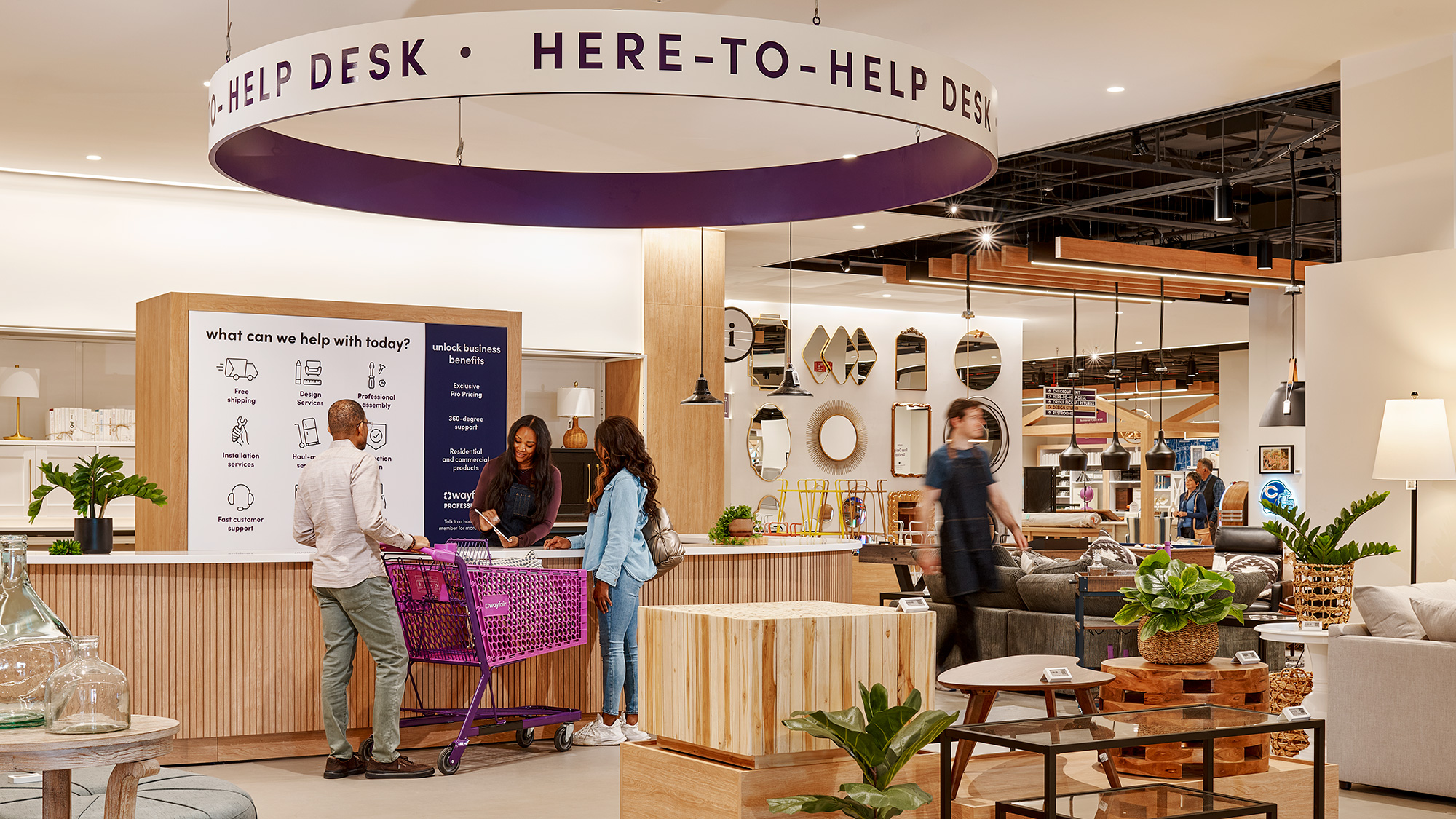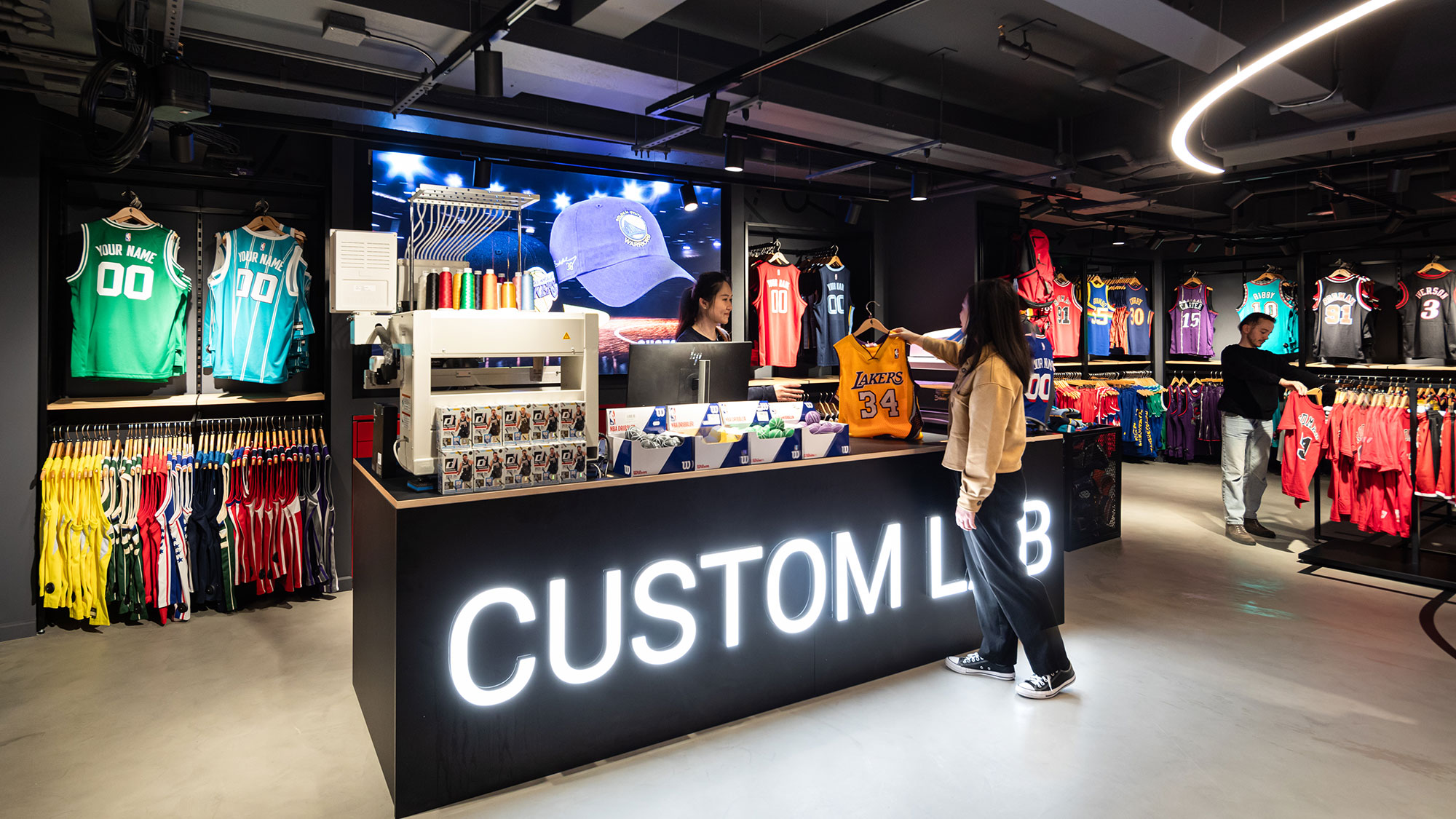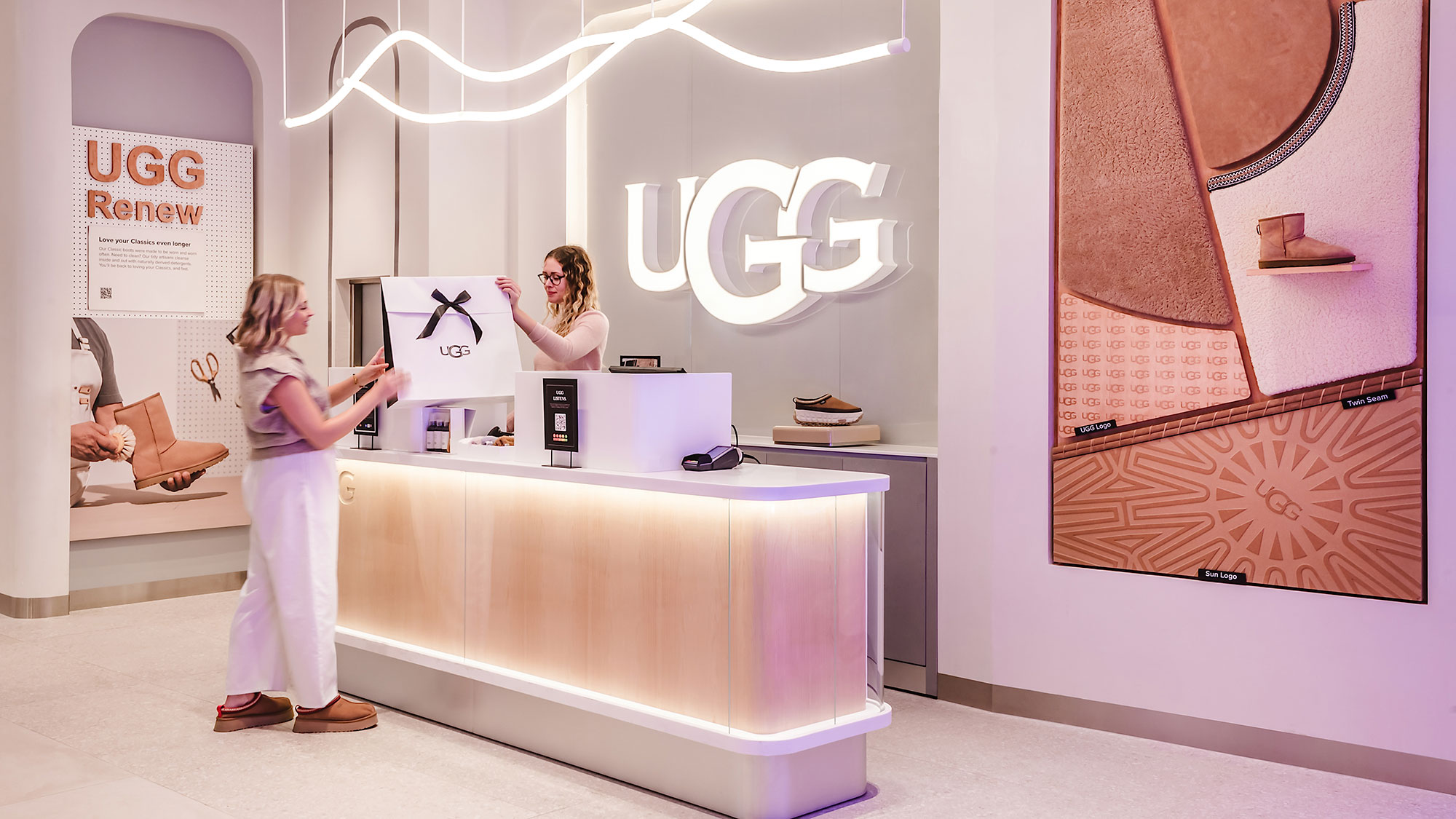4 Considerations for Implementing a Better Self-Checkout Experience
When done right, self-checkout can improve efficiency without sacrificing experience.

Self-checkouts have been a hot topic in retail recently. Retailers ranging from multinational big box retailers to supermarket chains to discount stores are removing or limiting self-checkout amid concerns about rising theft and customer complaints. While different publications have focused on the removal of self-checkouts from many prominent brands, a trip through any shopping centre will reveal retailers implementing the technology in their newest concepts and prototypes.
This contrast between the observed increase in self-checkouts and media reports of their reduction raises an important question: Are self-checkouts on the rise or in decline? The reality lies somewhere in between, as the effectiveness of self-checkouts varies by retailer type and execution.
Commodity and convenience retailers often struggle with self-checkouts due to diverse product types, larger basket sizes, and security challenges, resulting in inefficiencies and heightened theft risks. On the other hand, apparel retailers benefit from a more streamlined system with uniform tagging and integrated security measures, enhancing efficiency and staff flexibility.
The success of self-checkout systems is not solely industry-dependent; it hinges on the implementation of appropriate systems and intentional training for both staff and consumers. Some retailers have successfully navigated the challenges associated with self-checkouts, demonstrating that with careful planning and continuous improvement, these systems can enhance the shopping experience.
With that, here are four lenses to consider and weigh up when implementing a self-checkout experience:
1. Simplify the process.
Consumers who opt for self-checkout are typically seeking convenience and efficiency. Therefore, the process must be intuitive and straightforward to minimise cognitive load. Tasks like searching for individual items, such as produce in grocery stores, undermine this convenience and diminish the advantages of self-checkout. Ensuring ease across all product types is crucial, and eliminating the need to scan individual items is the most effective solution.
RFID self-checkout systems exemplify this approach. These systems quickly scan an entire basket and generate an itemised order ready for payment. This method is highly efficient, accurate, and effortless for consumers — eliminating the frustration of waiting and the stress of correctly completing the process.

2. Placement matters.
When implementing self-checkouts, it is important to remember that customers may still be looking for a traditional cash wrap, so the placement needs to be carefully considered. Ensuring clear sightlines and easy navigation to self-checkouts is crucial, as is placing them conveniently near other logical touchpoints.
Effective placement strategies might include co-locating self-checkouts near fitting rooms to reduce attrition after try-ons, or close to traditional checkout areas for easier navigation. Understanding typical traffic patterns around key areas is essential to ensure smooth flow and prevent congestion, allowing consumers to move in, around, and out of the space with ease. Additionally, clear signage to indicate the location of self-checkouts is important to help customers recognise unfamiliar technology and feel confident they are in the right place.
3. People still need people.
While self-checkouts can reduce staffing needs at the point of sale, it is crucial to maintain some level of in-person assistance. This approach, although seemingly counterintuitive, aims to enhance customer comfort while reducing reliance on employees for every single transaction.
In the early stages of self-checkout implementation, in-person assistance is essential for helping consumers feel comfortable and confident, providing support when unexpected errors occur. Best practices for self-checkout assistance include having a dedicated employee, or multiple employees during peak times, available in the self-checkout area to ensure smooth transactions. Even if help isn’t needed, offering a friendly farewell can be a memorable final step.
It is important to note that there has been conversation on introducing regulations on self-checkouts to protect jobs and promote economic growth in underserved communities. Regardless of the political implications, it is important to view self-checkouts not as a means of reducing staff but as a way to redistribute staff into roles that provide greater value to both the employee and the customer.

4. Consumer perception is critical.
A critical factor to consider is how self-checkouts impact brand perception. Brands must recognise how self-checkout experiences can either enhance or detract from customer relationships. While the option of self-checkout may allow customers to avoid long lines, if other parts of the process (such as removing security tags) are challenging or frustrating, the experience is ultimately negative. Increased convenience is great, but it should not come at the expense of customer confidence and interest. Negative experiences with self-checkout can lead to lost loyalty and adverse brand perceptions.
To mitigate these risks, limiting self-checkouts to small basket sizes can be a viable strategy. This approach maintains convenience and efficiency for customers, ensuring self-checkouts remain a positive aspect of the shopping experience. By carefully managing the implementation and scope of self-checkouts, brands can safeguard and potentially enhance their reputation.
Self-checkouts are not inherently good or bad; their success depends on how and why they implemented. When considering whether to add or retain self-checkouts, it is essential to ensure they provide significant benefits for both consumers and the brand. The consideration of what self-checkouts add to the experience, and what they may detract, needs to be carefully balanced to ultimately ask the question: Is it the right solution? In some instances, self-led experiences may not be suitable, and brands should instead focus on enhancing in-person service to boost engagement. Understanding customer relationships and delivering value for their time is crucial.
Self-checkouts will undoubtedly continue to evolve, and it is exciting to be part of that evolution. As an industry, it is vital to remember our core purpose: creating the best possible solutions for both consumers and brands.
For media inquiries, email .





